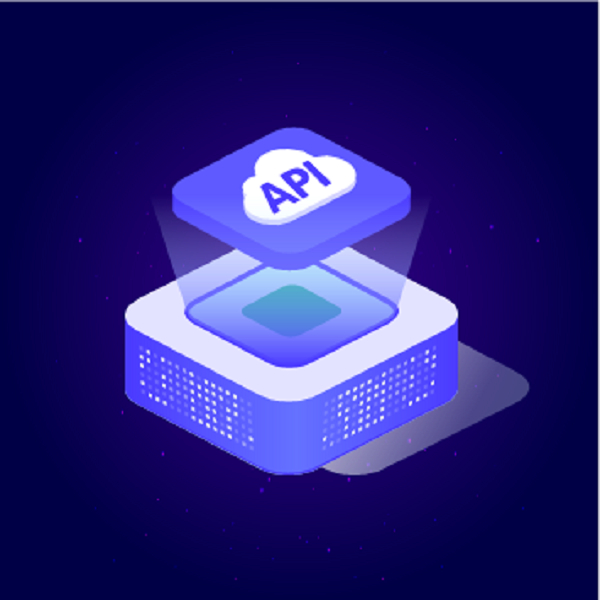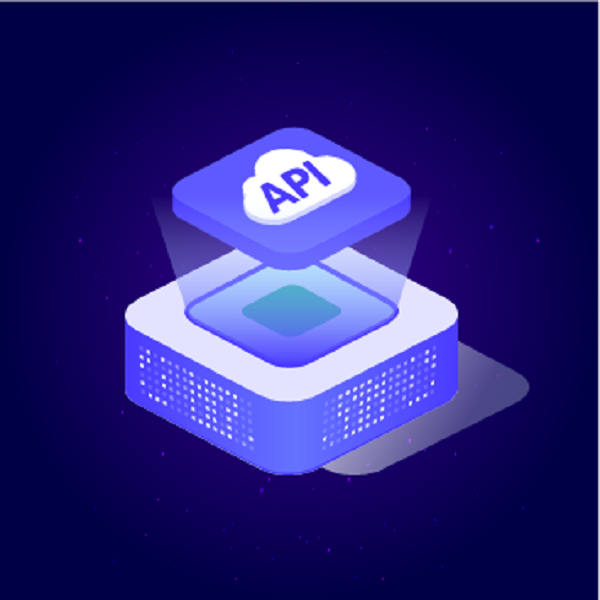Residential Proxies
Allowlisted 200M+ IPs from real ISP. Managed/obtained proxies via dashboard.

Proxies
Residential Proxies
Allowlisted 200M+ IPs from real ISP. Managed/obtained proxies via dashboard.
Residential (Socks5) Proxies
Over 200 million real IPs in 190+ locations,
Unlimited Residential Proxies
Use stable, fast, and furious 700K+ datacenter IPs worldwide.
Static Residential proxies
Long-lasting dedicated proxy, non-rotating residential proxy
Dedicated Datacenter Proxies
Use stable, fast, and furious 700K+ datacenter IPs worldwide.
Mobile Proxies
Dive into a 10M+ ethically-sourced mobile lP pool with 160+ locations and 700+ ASNs.

Web Unblocker
View content as a real user with the help of ABC proxy's dynamic fingerprinting technology.
Proxies
API
Proxy list is generated through an API link and applied to compatible programs after whitelist IP authorization
User+Pass Auth
Create credential freely and use rotating proxies on any device or software without allowlisting IP
Proxy Manager
Manage all proxies using APM interface

Proxies
Residential Proxies
Allowlisted 200M+ IPs from real ISP. Managed/obtained proxies via dashboard.
Starts from
$0.77/ GB
Residential (Socks5) Proxies
Over 200 million real IPs in 190+ locations,
Starts from
$0.045/ IP
Unlimited Residential Proxies
Use stable, fast, and furious 700K+ datacenter IPs worldwide.
Starts from
$79/ Day
Rotating ISP Proxies
ABCProxy's Rotating ISP Proxies guarantee long session time.
Starts from
$0.77/ GB
Static Residential proxies
Long-lasting dedicated proxy, non-rotating residential proxy
Starts from
$5/MONTH
Dedicated Datacenter Proxies
Use stable, fast, and furious 700K+ datacenter IPs worldwide.
Starts from
$4.5/MONTH
Mobile Proxies
Allowlisted 200M+ IPs from real ISP. Managed/obtained proxies via dashboard.
Starts from
$1.2/ GB
Knowledge Base
English
繁體中文
Русский
Indonesia
Português
Español
بالعربية


This article analyzes the technical principles, core architecture and application value of FogLDN in the fields of smart cities and the Internet of Things, and explores how distributed fog computing can optimize real-time data processing and network efficiency.
Definition and core logic of FogLDN
FogLDN (Fog-Level Distributed Network) refers to a distributed network architecture built on the fog computing framework. It realizes localization of data processing and low-latency response by sinking computing and storage resources to network edge nodes (such as base stations, routers, and smart terminals). Its core logic is to break the centralized model of traditional cloud computing, so that analysis and decision-making can be completed without uploading all data to the cloud. It is especially suitable for scenarios with strict real-time requirements such as the Internet of Things (IoT) and autonomous driving.
abcproxy's proxy IP service has synergistic potential with FogLDN - through a globally distributed IP node network, it can provide flexible network identity switching capabilities for the fog computing architecture, supporting secure communication and data interaction of edge devices in different geographic areas.
Technical architecture and implementation path of FogLDN
Hierarchical computing and resource scheduling
FogLDN usually consists of three layers:
Terminal layer: It is composed of data collection terminals such as sensors, cameras, and mobile devices, and is responsible for raw data generation and preliminary filtering;
Fog node layer: computing units deployed on edge gateways or regional servers that perform real-time data analysis, protocol conversion, and lightweight machine learning reasoning;
Cloud collaboration layer: handles non-real-time tasks that require global coordination (such as model training and long-term trend prediction) and sends update strategies to fog nodes.
This architecture relies on efficient resource scheduling algorithms. For example, when a smart factory sensor detects an equipment anomaly, FogLDN will first start the fault diagnosis model on the local fog node and only synchronize key logs to the cloud, thereby controlling the response delay to milliseconds.
Integration of network topology optimization and proxy technology
FogLDN needs to dynamically manage the communication links between edge nodes. By integrating proxy IP technology (such as abcproxy's static ISP proxy), fog nodes can simulate network identities in different geographical locations to achieve anonymity and compliance when aggregating data across regions. For example, a multinational logistics company can use proxy IP to virtualize fog nodes distributed in warehouses around the world as local devices in the same region, bypassing policy restrictions on cross-border data transmission.
Typical application scenarios of FogLDN
Real-time decision making in intelligent transportation systems
In the vehicle-to-everything (V2X) scenario, FogLDN allows the roadside unit (RSU) to directly process vehicle location and speed data, calculate collision risks in real time, and push warning signals. Compared with the traditional cloud processing mode, the end-to-end delay can be compressed from 2-5 seconds to less than 50 milliseconds, greatly improving the efficiency of emergency response.
Predictive Maintenance with Industrial IoT
The vibration and temperature data of manufacturing equipment are analyzed instantly at the fog node layer, and potential faults are identified through time series prediction models. After deploying FogLDN in an automobile factory, equipment downtime was reduced by 37%, because the edge node can complete anomaly detection and trigger maintenance instructions within 1 second, without waiting for the cloud to return the results.
Personalized services in retail scenarios
The supermarket camera and the customer's mobile phone signaling data are integrated in the local fog node to generate real-time heat maps and consumer preference analysis. When a customer approaches a specific shelf, the edge server can quickly retrieve promotional information and push it to their mobile device, with a delay of less than 100 milliseconds.
Key considerations for enterprise deployment of FogLDN
Edge hardware selection and computing power allocation
The computing unit of the fog node needs to balance power consumption and performance. It is recommended to use embedded devices equipped with NPU (neural network processor), such as NVIDIA Jetson series or Intel Movidius chips, whose TOPS/Watt (computing power per watt) indicators are more suitable for edge environments. At the same time, CPU/GPU resources should be dynamically allocated according to business loads - real-time video analysis tasks give priority to calling GPUs, while basic operations such as protocol conversion are handled by the CPU.
Network protocol stack optimization
FogLDN needs to support lightweight IoT protocols such as MQTT and CoAP, and be compatible with HTTP/3's QUIC protocol to improve transmission efficiency in weak network environments. Through abcproxy's Socks5 proxy, communication traffic between edge nodes can be further encrypted to prevent man-in-the-middle attacks.
Data lifecycle management
Develop edge data caching strategies, such as:
Highly accessed data (such as device status information) is stored locally in the fog node;
Low-frequency archived data (such as historical logs) is compressed and synchronized to cloud object storage;
Sensitive data (such as user biometrics) are destroyed in the original file after the fog node completes the desensitization process.
Conclusion
As a professional proxy IP service provider, abcproxy provides a variety of high-quality proxy IP products, including residential proxy, data center proxy, static ISP proxy, Socks5 proxy, unlimited residential proxy, suitable for a variety of application scenarios. If you are looking for a reliable proxy IP service, welcome to visit the abcproxy official website for more details.
The technological evolution of FogLDN is redefining the distribution paradigm of computing resources - the shift from "cloud first" to "cloud-edge-end collaboration" not only reduces network transmission costs, but also releases the possibility of real-time business innovation through localized intelligence. With the breakthroughs in 5G Advanced and AI chip technology, FogLDN will further integrate cutting-edge technologies such as federated learning and digital twins in the future to promote the evolution of intelligent infrastructure towards autonomous decision-making and self-optimization.
Featured Posts
Popular Products
Residential Proxies
Allowlisted 200M+ IPs from real ISP. Managed/obtained proxies via dashboard.
Residential (Socks5) Proxies
Over 200 million real IPs in 190+ locations,
Unlimited Residential Proxies
Use stable, fast, and furious 700K+ datacenter IPs worldwide.
Rotating ISP Proxies
ABCProxy's Rotating ISP Proxies guarantee long session time.
Residential (Socks5) Proxies
Long-lasting dedicated proxy, non-rotating residential proxy
Dedicated Datacenter Proxies
Use stable, fast, and furious 700K+ datacenter IPs worldwide.
Web Unblocker
View content as a real user with the help of ABC proxy's dynamic fingerprinting technology.
Related articles

How does Socks5 Config improve network efficiency
This article analyzes the core principles and optimization techniques of Socks5 Config, explores its application value in proxy IP services, and introduces how abcproxy can meet diverse needs through high-performance Socks5 proxy.

How will Nebula Proxy Links change the network proxy ecosystem in 2025
Explore the technological innovation and application scenarios of Nebula Proxy Links in 2025, analyze how it optimizes proxy service efficiency, and understand how abcproxy meets diverse needs through advanced technologies.

How to Change Proxy for Video Files in Windows
This article explains in detail how to configure the video file proxy in Windows system, covering the proxy type selection, system setting steps and how the abcproxy proxy service can meet the video processing needs, helping you to complete network operations efficiently.